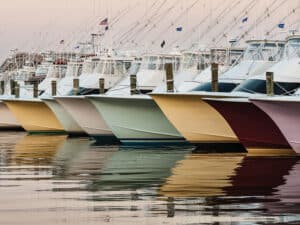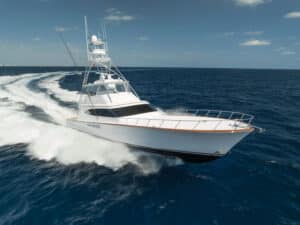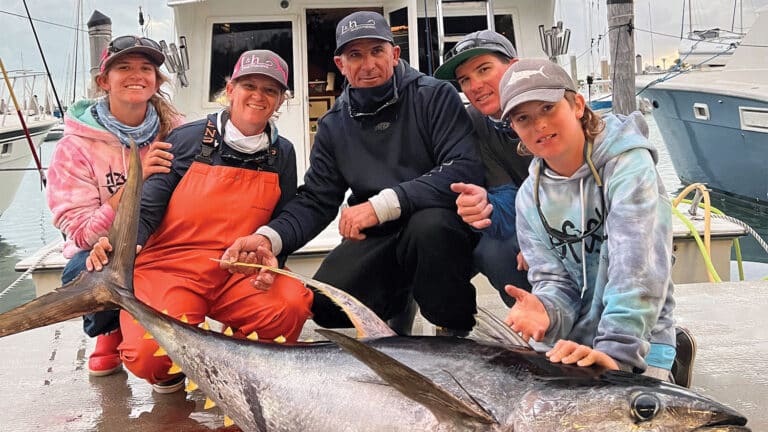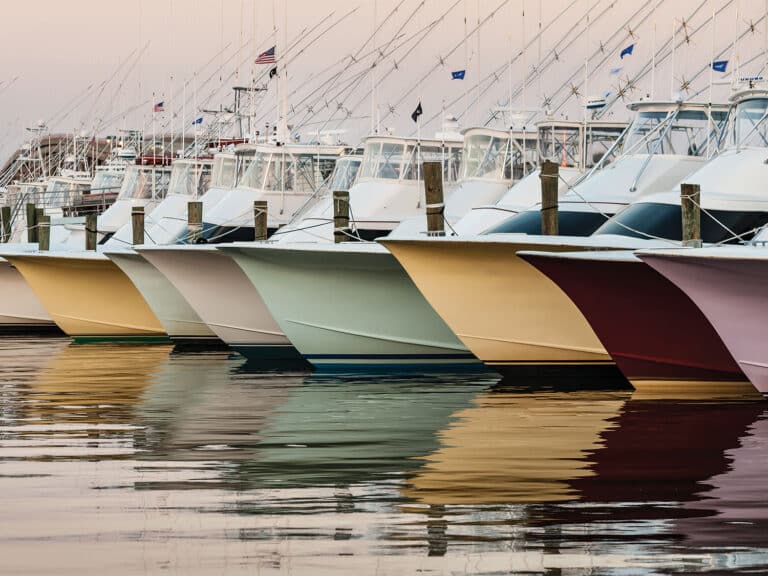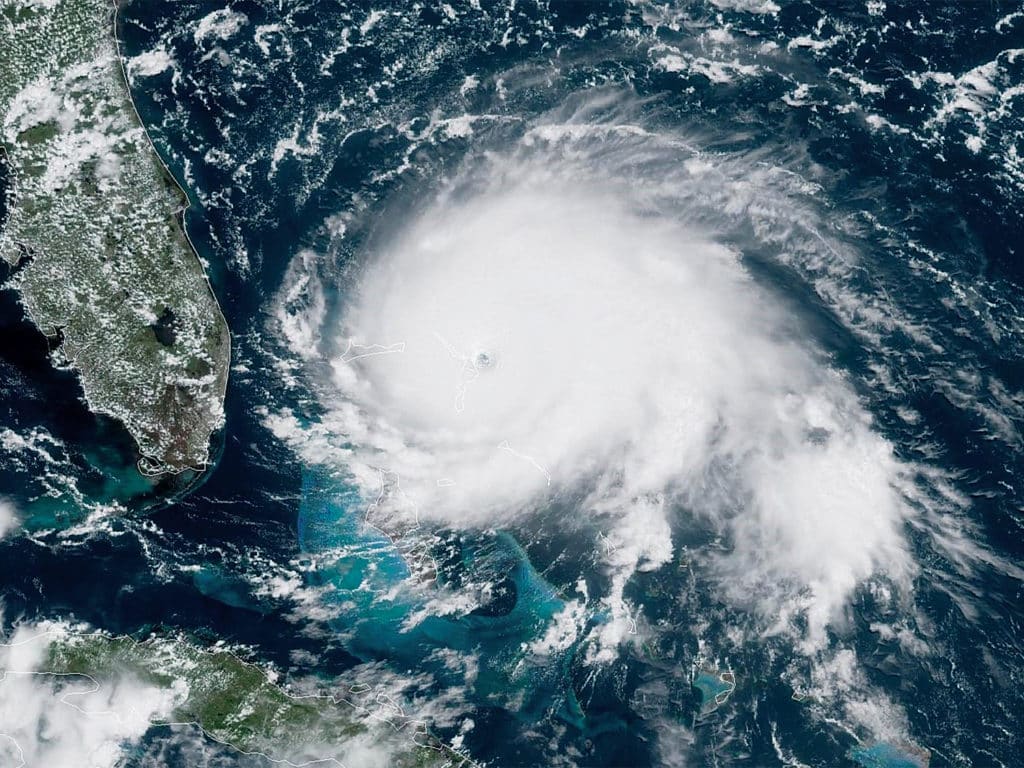
I recently watched a short film about Hurricane Irma and two brothers who went through it on St. John in the Virgin Islands. It showed people racing to the store in a frenzy to buy anchors, dock lines, ground tackle, and whatever else was available at the last minute. It’s definitely not the ideal method of prepping, but it seems like it always happens. As an owner of a marine store, I too see the final rush as a storm approaches, and often wonder why people put themselves in this position of panic. We have all year to consider the consequences of getting caught with our pants down, so why do we put ourselves through the extra stress—isn’t the threat of a destructive hurricane stressful enough?
Planning Ahead
South Florida probably has the largest concentration of boats in the US, and unfortunately, Atlantic hurricanes are in love with the warm waters of the Gulf Stream—and the Gulf of Mexico—making it the bull’s-eye for ground zero when it comes to slamming the coastline. Inevitably, as an owner, captain or both, you will have to deal with a major storm at some point in your boating career—in South Florida, anywhere on the Eastern Seaboard, the Gulf or while abroad. Being prepared doesn’t just mean having a surplus of storm lines or a bunch of equipment or supplies on hand; it also involves having a solid hurricane plan in place, not just a quick guess on a one-page questionnaire requested by your insurance company.
Watch: Stay with a hot bite using your electronics.
Depending on where you plan to be during hurricane season, it’s necessary to reevaluate your storm plan every year. Good research ahead of time and choosing safe hurricane havens if the boat needs to stay in the water, or available real estate to accommodate your haul-out, block and tie-down, are things that can’t be done last-minute, and most yards require you to provide a deposit to reserve your spot well before the season evens rolls around. So, looking at multiple options in a variety of locations will put you in a better position, especially because the boats are getting bigger and there are more of them on the water than ever before. You aren’t the only one who needs this security, and each year it seems that fewer in-water and haul-out options are available.
On Approach
Once the National Hurricane Center has narrowed down the track and the cone of uncertainty begins to narrow, it’s time to start making some big-boy decisions. If your boat’s travel plans involve going somewhere else—far away from the cone—then go early. Or, consider taking a trip that you had not originally planned and make the best of it.
Top off the boat with fuel immediately while you make your final decisions; make that phone call, or go to the store to buy the basic supplies to prepare yourself for the worst-case scenario. The more days that go by, fewer supplies will be available, whether that’s water, ice, batteries, fuel, fenders or dock lines.
If you plan on staying put, hauling out is usually your best option, although a boatyard can make for a lot of flying debris if it’s not properly prepared itself. Confirm your reserved spot early, and get on the haul-out schedule. Multiple boats showing up at the same time is not only stressful for those idling for their place in line at the well, but yards will likely have to fit everyone in much like a puzzle. It’s up to them to decide who goes where and who comes when, so communicating with the foreman is essential. Missing your haul-out appointment could land you in a less-than-desirable place in the yard, so be sure you adhere to the yard’s plan.
In the throes of named-storm mayhem, mix-ups will happen, and people make mistakes, so it’s always best to call days ahead of your appointment and keep yourself in the loop and connected as to when the cutoff time is so you not only don’t miss the window, but also don’t get lost in the fray. If you were planning on some yard time anyway, hurricane season is a great time to go.
Even though you have paid the yard to haul and block the boat, you need to be involved also. Be sure the tie-downs are secured to the ground, and prepare to be without power for days, or even weeks. Check the boats around you to make sure they’re properly prepared as well. You don’t want someone else’s lack of preparation to become your problem.
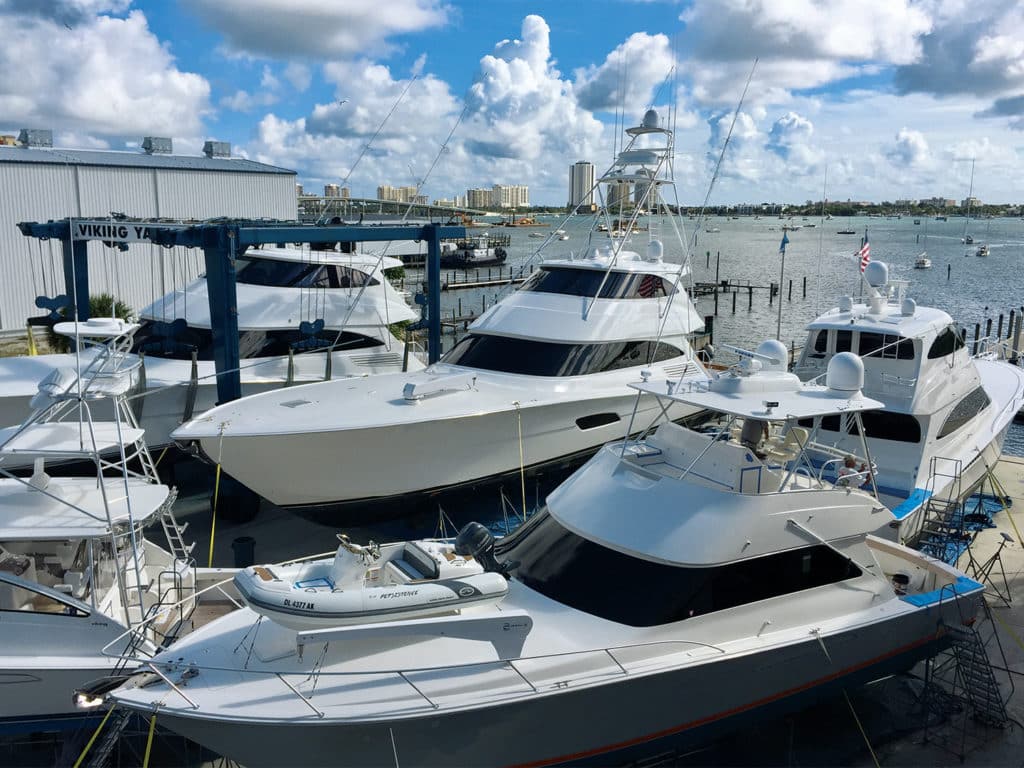
On Lockdown
If you decide to have the boat in the water, it’s best to keep multiple options open and be ready to move, even at the (almost) last minute. Keep the boat full of fuel and water because it could be your safe haven should your home become damaged, the power lines are down, or the city water is deemed undrinkable. It sure is a nice luxury to be able to run the generator and live on the boat, especially when it has power and ice. This happened to me during one storm. We ran the generator for four days straight and were able to take refuge on the boat when no one else had power.
Be sure to stay in touch with other captains at your marina, finding out if they have a last-minute plan, and if you can run together when the time comes. If you’re staying put, be sure the marina allows you to do so, and you know when it closes down. Storm surge, pilings and flying debris cause the most damage to boats during a storm, so windproof your vessel by removing any items that can possibly get airborne or could cause damage—including antennas and outriggers, bridge enclosures, chairs and rocket launchers, cushions, and dock boxes.
Read Next: Be sure to understand your hurricane insurance coverage.
Large-diameter dock lines should occupy each cleat, times two, and be outfitted with heavy-duty chafing gear to help eliminate areas where lines could wear through on the hardware. Extra fenders are a must; hatches and boxes should be taped to avoid not only water intrusion, but also to be sure they don’t come flying off their hinges; and at least one anchor should be deployed (with a buoy to mark its place) after the marina has shut down its channel.
The wind will come from all directions, and the tide will be exceptionally high—and low—so be prepared by tying up your boat at the lowest tide, checking it at the highest tide and adjusting as necessary; the loops should be on the boat’s cleats, not the dock. Readjusting lines in the middle of a storm is highly discouraged, but if necessary, never board a bucking boat, and always make the adjustments dockside.
Whether the boat stays in the water or out, precautions should be taken to minimize damage from both wind and water, and pictures should be taken of your prep job in case the insurance company has something to say. Kiss the boat goodbye and take solace in knowing you did your best, and always remember: Your boat can be replaced; your life cannot.

